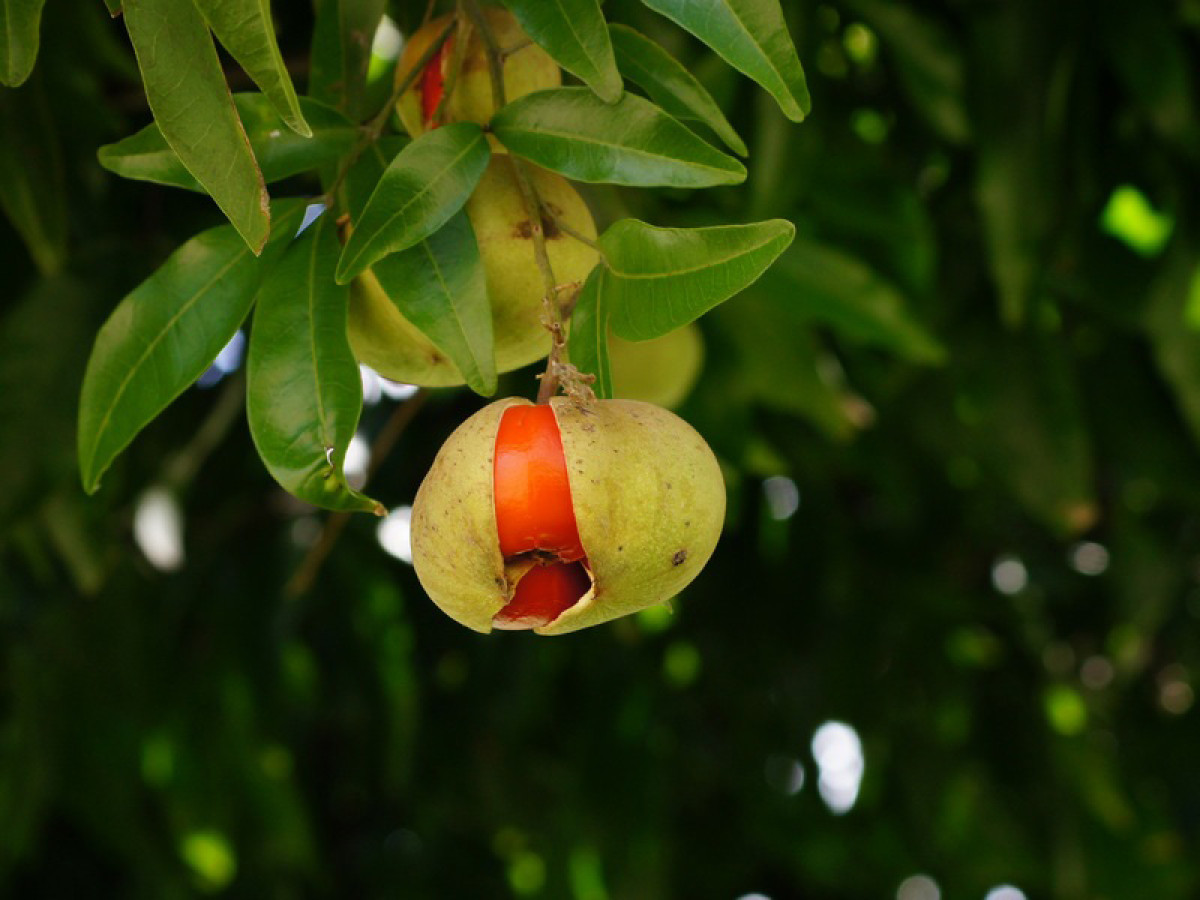The endangered Small-leaved Tamarind (Diploglottis campbellii), known locally as ‘Tucker Bush’, is but a whisker away from extinction. In fact, not only is this species classified as endangered in the Australian Government's Environment Protection & Biodiversity Conservation Act (1999) lists, but it's also recognised in conservation listings by New South Wales and Queensland as an endangered species.
The Small-leaved Tamarind is a medium-sized, fruit-bearing rainforest tree species endemic to the sub-tropical regions of northern NSW and Queensland and is vitally important within the fragile rainforest ecosystem, as it provides abundant delicious fruit to fruit-eating native animals.
It is an all-too-familiar story for our native species. Clearing since European settlement has left the species on the brink of extinction. There are 25 sites at which the Small-leaved Tamarind has been confirmed, 20 in New South Wales and five in Queensland. The total population is estimated to be 106 mature trees plus immature trees, saplings and seedings (Stewart & McKinley 2004 cited in NSW DECCW 2004h).
With your help, we can save the Small-leaved Tamarind before it's too late.
Our partners at Reforest Now have been carefully propagating 200 Small-leaved Tamarind trees to build a population for reforestation. By planting these trees back into the rainforest, this will see the remaining population nearly tripled, giving the species the much needed lifeline it needs to re-establish itself within the region.

What we need now is your help to raise $7,500 to fund the reforestation project at Wilson's Creek, New South Wales. Reforestation will also benefit 25 threatened species of native birds, mammals, amphibians and reptiles found within the Wilson's Creek region. Click here to view the list.
To make a donation or to find out more information, visit the project page of our website.
Although the Small-Leaved Tamarind has been highly successful in ex-situ cultivation, there is a serious risk that wild (in-situ) populations of the species will become extinct unless the threats currently acting on the species are removed or improved.
Header photo: By Tatiana Gerus - Flickr: Diploglottis campbellii, CC BY-SA 2.0, https://commons.wikimedia.org/w/index.php?curid=15...
Photo above: Diploglottis campbellii trees at the Reforest Now nursery ready to plant (courtesy of Reforest Now)
